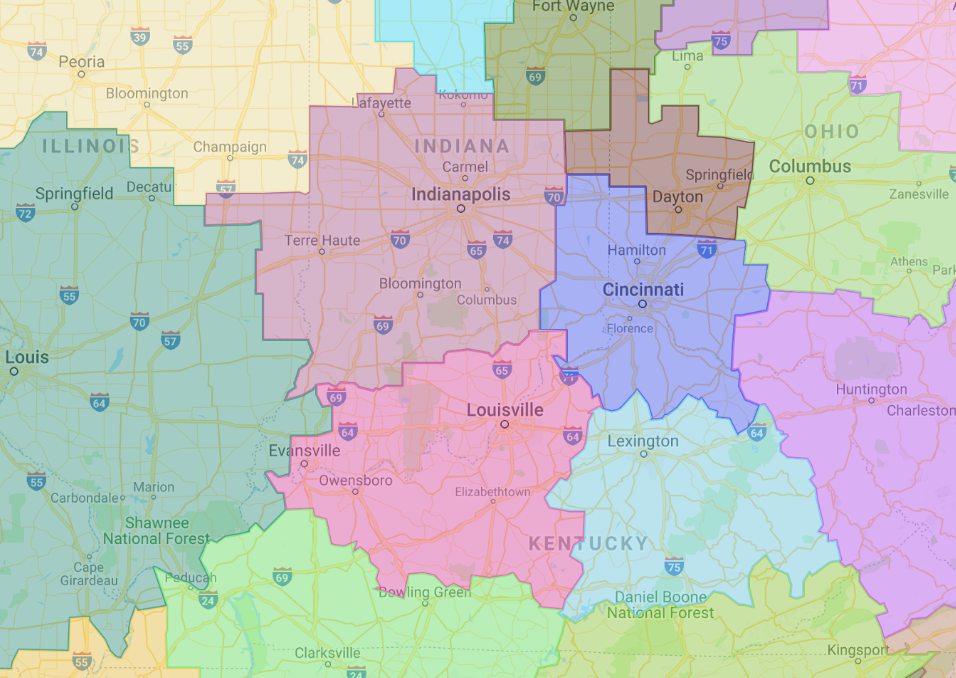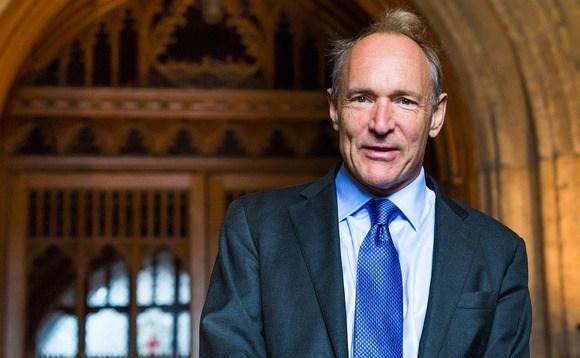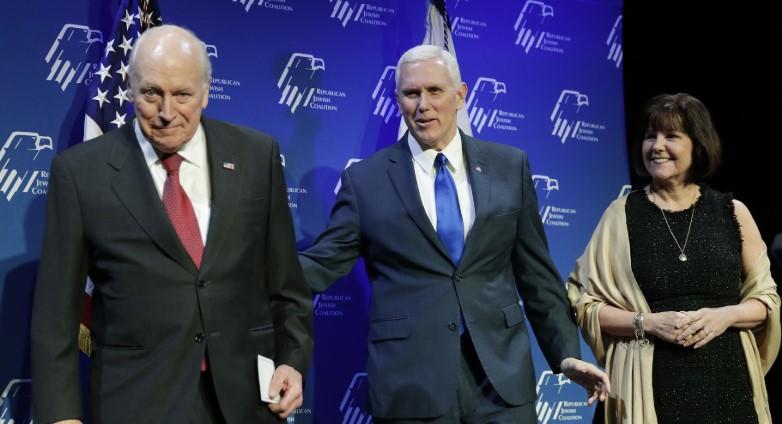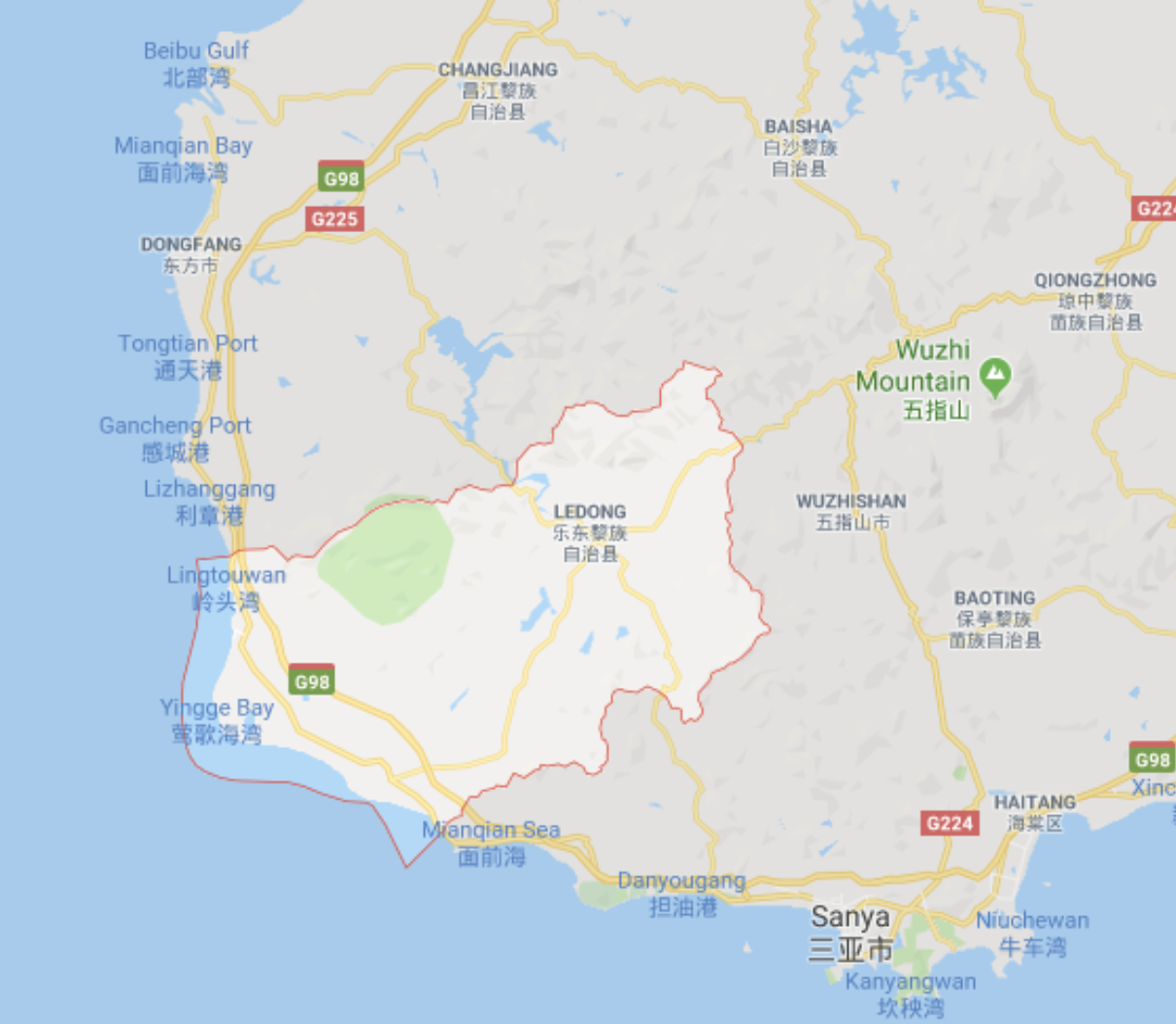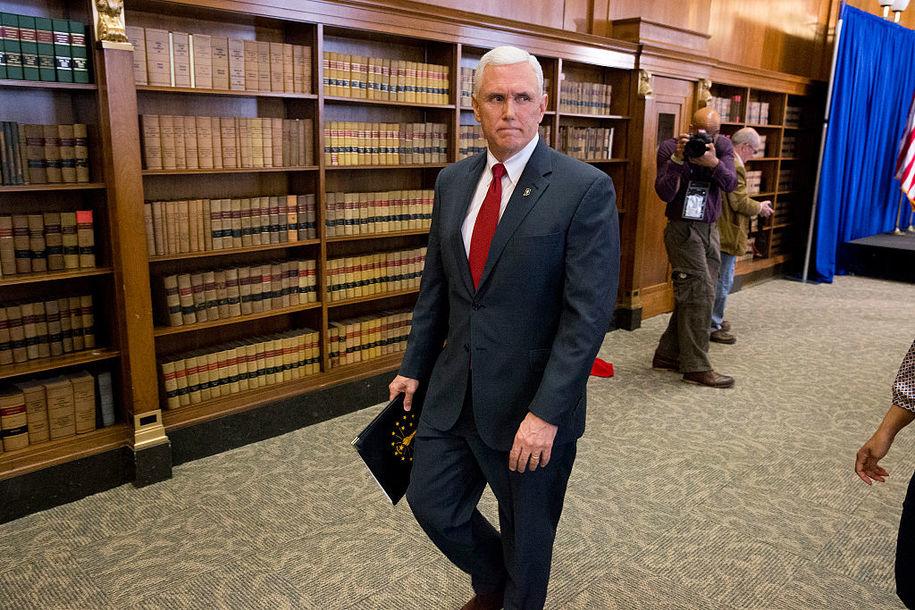It has been a strange 24 hours.
On Monday, we first learned that for the previous two days, Facebook had banned all Zero Hedge content across its various mediums, as it went against Facebook’s “Community Standards” (which to the best of our knowledge, neither we not anyone else has any idea what they are), a decision which – as we noted yesterday – surprised us for two reasons: not only do we not have an official Facebook account, but Facebook did not approach us even once with a warning or even notification.
While we were in the dark about what had triggered Facebook, or what was the company’s motive, we were humbled and delighted not only with the media coverage this event received, but far more so with the outpouring of support we received from readers and across social media, where Zero Hedge had not been yet banned, like Twitter, where figures from various industries and across the political spectrum voiced support and came to our defense, with many condemning what we felt was an arbitrary decision.
Among those who spoke up were President Trump’s son Donald Trump Jr., Nigel Farage, Peter Thiel’s liberal foil at Thiel Capital, Eric Weinstein, Infowars’ Paul Joseph Watson and many others.
The censorship continues. How does @zerohedge’s content not “meet community standards?” FB doesn’t agree with them and they hit the platform’s obvious flaws at times. That’s it and it’s disgusting!
Facebook Bans Zero Hedge | Zero Hedge https://t.co/n6YsFhvFI5
— Donald Trump Jr. (@DonaldJTrumpJr) March 12, 2019
Get ready for new & improved 2020 US elections. This time, you will be able to share more TrustedNews from AuthoritativeSources w/o having your user experience degraded by spam, conspiracy theories, or harmful thoughts.
If you miss heterodoxy, try this: https://t.co/NIQsGrsHrP pic.twitter.com/Efp5IKQN2q
— Eric Weinstein (@EricRWeinstein) March 12, 2019
This is a total disgrace. #StopTheBias https://t.co/XAWRymJeQ2
— Nigel Farage (@Nigel_Farage) March 11, 2019
Facebook has outright banned all posting of Zero Hedge links, one of the biggest non-corporate owned news websites on the Internet (and a frequent critic of Facebook’s power). pic.twitter.com/oMX8duQXnB
— Paul Joseph Watson (@PrisonPlanet) March 11, 2019
Facebook is censoring political content from alternative news websites. This megacorporation — which has a revolving door with the US government — has already banned and suspended other news sites and journalists.
This is a huge threat to civil liberties.https://t.co/pCjQtMD9ZS
— Ben Norton (@BenjaminNorton) March 12, 2019
This is the Best news and publicity @zerohedge can get… Well done, proud to know you guys.. Grind even harder its working. Facebook is so 1973 ish
— Marc Cohodes (@AlderLaneeggs) March 12, 2019
Facebook has blocked @zerohedge. I went and checked. It is true. Facebook is a bunch of Orwellian-Nazi types. I would get off that platform ASAP. Zuckerberg: You can rot in hell. They are saving a place for you.https://t.co/eIDzZEpuMR
— Dave Collum (@DavidBCollum) March 12, 2019
Wait… what?! If there was ANY doubt, THIS is ridiculous. #Facebook bans @zerohedge Cue #Orwell “If liberty means anything at all, it means the right to tell people what they do not want to hear…” https://t.co/EUEljfHpLM #zerohedge
— Nancy Mace (@NancyMace) March 12, 2019
To them, and to everyone else who reached out – either to us or to Facebook, or “said something” in private or on the Interweb – we offer our sincerest gratitude.
And then on Tuesday morning, everything had suddenly returned to normal, and whether due to the unexpectedly widespread support we received, or because Facebook had made a sincere error, the ban was reversed.
While Facebook has yet to contact us directly, they did comment with a Facebook spokesman saying that “This was a mistake with our automation to detect spam and we worked to fix it yesterday.” He added that “we use a combination of human review and automation to enforce our policies around spam and in this case, our automation incorrectly blocked this link. As soon as we identified the issue, we worked quickly to fix it.“
We still have no insight into which article(s) Facebook decided was sufficiently “spammy” to block everyone’s access to our content, or on what basis Facebook’s “automation and human review” had made the decision to quarantine our small website from the rest of Facebook’s 2.3 billion monthly users.
But we are heartened by this development, not so much because it means a rebound in our traffic – as we observed yesterday, we are lucky in that Facebook represents a tiny source of our inbound referral traffic – but because it means nothing changes: we can and will continue as before, with zero adjustments to our writing style, and we will certainly continue with our highly critical coverage of all things Facebook. And best of all: it will be read on Facebook, allowing users of the world’s biggest media company to escape an informational echo chamber, and be presented with contrasting opinions, which even if wrong, will allow countless readers to make more informed opinions than if served with preapproved, uniform, and ideologically palatable content.
And since some may read this as a quasi-official press release, we leave the “about us” part to the money-losing media venture of billionaire Mike Bloomberg’s business empire (funded since day one by the procyclical $25,000/year Bloomberg terminal business), which yesterday described out little adventure as follows: “Since being founded in the depths of the financial crisis, Zero Hedge has built a dedicated following by serving up a mix of hardcore financial analysis and populist political commentary. Both the ‘Tyler Durden’ name and the site’s tagline — “On a long enough timeline the survival rate for everyone drops to zero” — are borrowed from the anarchic cult classic ’Fight Club.’
via ZeroHedge News https://ift.tt/2HuRkPA Tyler Durden
